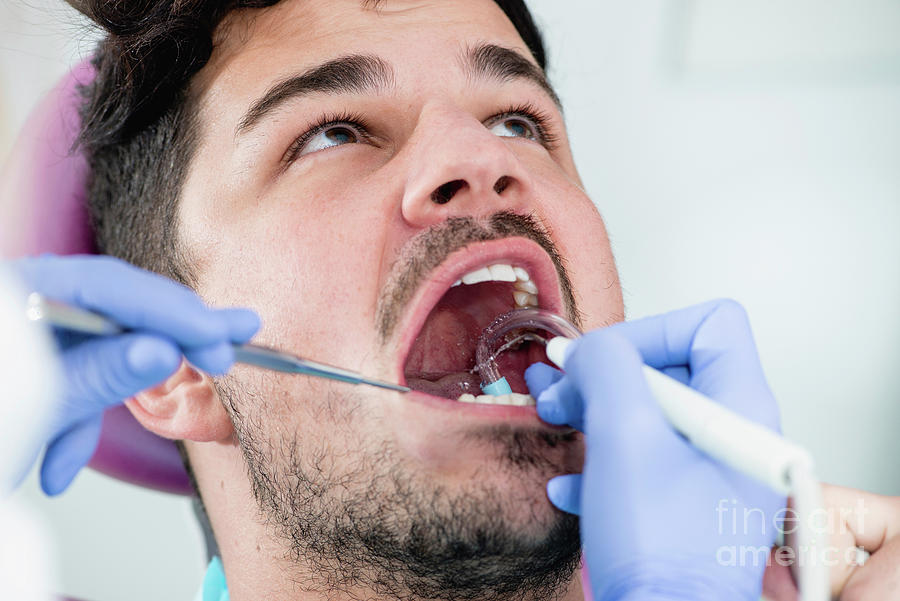

Calculus is detrimental to gingival health because it serves as a trap for increased plaque formation and retention thus, calculus, along with everything else that causes a localized build-up of plaque, is referred to as a secondary etiology of periodontitis.Ĭalculus can form both along the gumline, where it is referred to as supragingival ("above the gum"), and within the narrow sulcus that exists between the teeth and the gingiva, where it is referred to as subgingival ("below the gum"). Plaque that remains in the oral cavity long enough will eventually calcify and become calculus. Because dental plaque is the sole cause of periodontitis, it is referred to as the primary etiology. When the gingiva become so irritated that there is a loss of the connective tissue fibers that attach the gums to the teeth and bone that surrounds the tooth, this is known as periodontitis. Plaque accumulation causes the gingiva to become irritated and inflamed, and this is referred to as gingivitis. Heavy staining and calculus deposits exhibited on the lingual surface of the mandibular anterior teeth, along the gumline. List of terms related to Calculus (dental) Risk calculators and risk factors for Calculus (dental)Ĭauses & Risk Factors for Calculus (dental)

US National Guidelines Clearinghouse on Calculus (dental)ĭirections to Hospitals Treating Calculus (dental) Ongoing Trials on Calculus (dental) at Clinical Ĭlinical Trials on Calculus (dental) at Google Most recent articles on Calculus (dental)Īrticles on Calculus (dental) in N Eng J Med, Lancet, BMJĬochrane Collaboration on Calculus (dental)


 0 kommentar(er)
0 kommentar(er)
